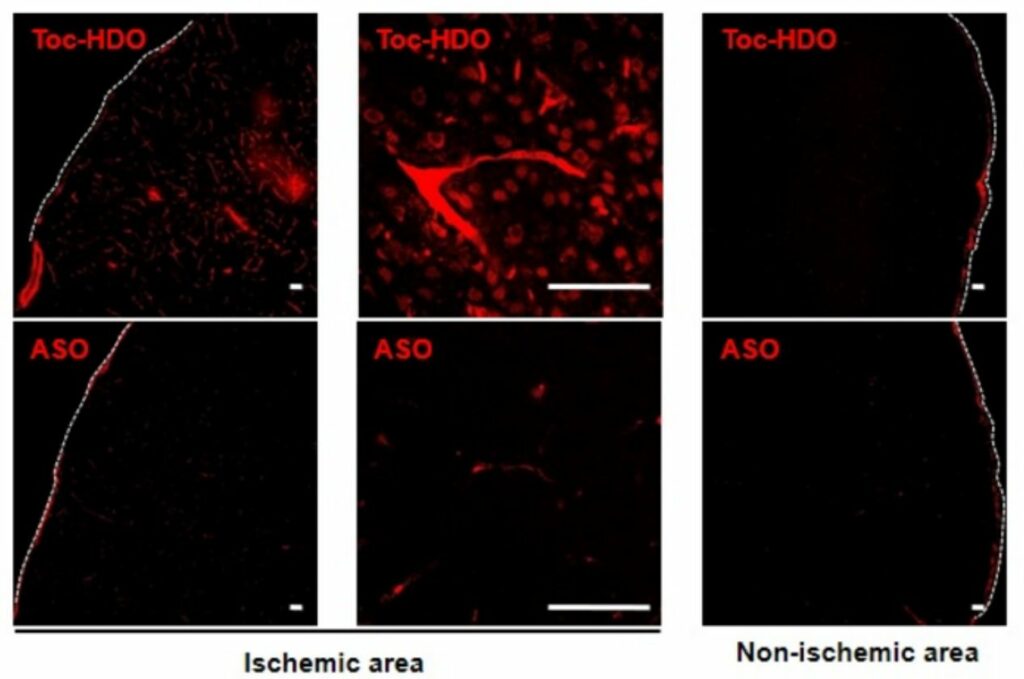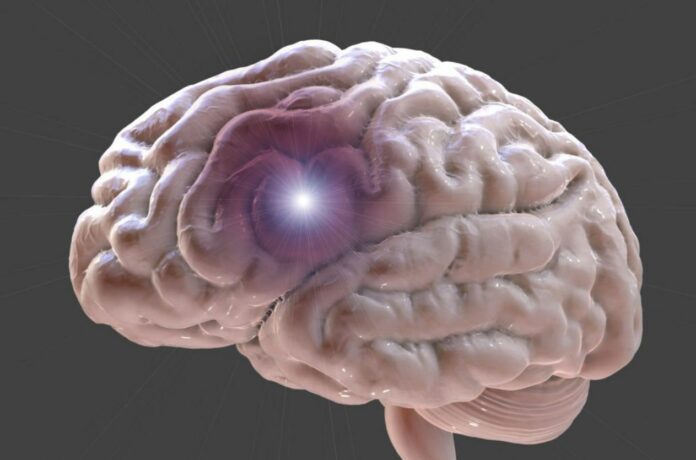A stroke is a critical medical condition that requires immediate attention. Timely intervention can minimize brain damage and mitigate the risk of further complications.
According to a recent study by scientists at Tokyo Medical and Dental University (TMDU), when stroke therapy is combined with a particular lipid and administered via injection into the bloodstream, it is selectively absorbed in the areas of the brain affected by stroke.
Researchers are increasingly using the blood-brain barrier, which only permits certain molecules to flow from the blood into the brain, to deliver medicines into the brain after a stroke.
A group of researchers from Japan found that attaching antisense oligonucleotides to a specific lipid, known as α-tocopherol (TOC), results in selective uptake of the therapy in the damaged areas of the brain caused by stroke. These molecules have the ability to modify RNA and influence the production of proteins.
The efficacy of existing stroke therapies is constrained by a narrow treatment timeframe, rendering them inadequate for a significant proportion of patients. To circumvent this limitation, researchers are examining alternative therapies that can be administered beyond this restricted period.
One such therapy is the use of antisense oligonucleotides, which can be customized to elevate the production of beneficial proteins or lower the production of detrimental proteins following a stroke. However, delivering these molecules to the appropriate site at the opportune moment poses a challenge, prompting Tokyo Medical and Dental University researchers to tackle this issue.
Senior author Takanori Yokota says that they have “recently developed an antisense oligonucleotide known as a DNA/RNA heteroduplex oligonucleotide, or HDO.”

In order to investigate the impact of distinct lipids on the brain’s absorption of HDO, the researchers connected HDO with either cholesterol or TOC and subsequently administered it via injection into the bloodstream of mice with a stroke that was experimentally induced on one side of the brain.
Surprisingly, the molecules linked with TOC were found to be present at notably elevated levels exclusively in the stroke-affected hemisphere of the brain, while the molecules linked with cholesterol were elevated in both hemispheres.
This implies that TOC promotes the uptake of HDO following a stroke, whereas cholesterol does not. Additionally, the researchers utilized HDO, which can be customized to target various genes, to silence a gene that is known to be advantageous in treating stroke. As anticipated, the mice treated with TOC-linked HDO exhibited more extensive areas of stroke-related damage.
“Together, these findings suggest that TOC-linked HDO is safe to use and is preferentially taken up and incorporated into cells in areas of stroke damage,” says Yokota. “This delivery method is potentially very useful for the targeted up- or down-regulation of protein expression after stroke.”
According to Yokota, these “findings suggest that TOC-linked HDO is safe to use and is preferentially taken up and incorporated into cells in areas of stroke damage.
“This delivery method is potentially very useful for the targeted up- or down-regulation of protein expression after stroke.”
The current findings are highly significant, considering the limited number of stroke therapies targeting the pathological mechanisms that occur following a stroke.
Enhancing anti-inflammatory proteins or reducing inflammatory proteins in the areas of the brain affected by stroke is a promising strategy for preventing subsequent damage and reducing disability resulting from a stroke.
The findings of the study were published in the journal Molecular Therapy.
Image Credit: Getty
